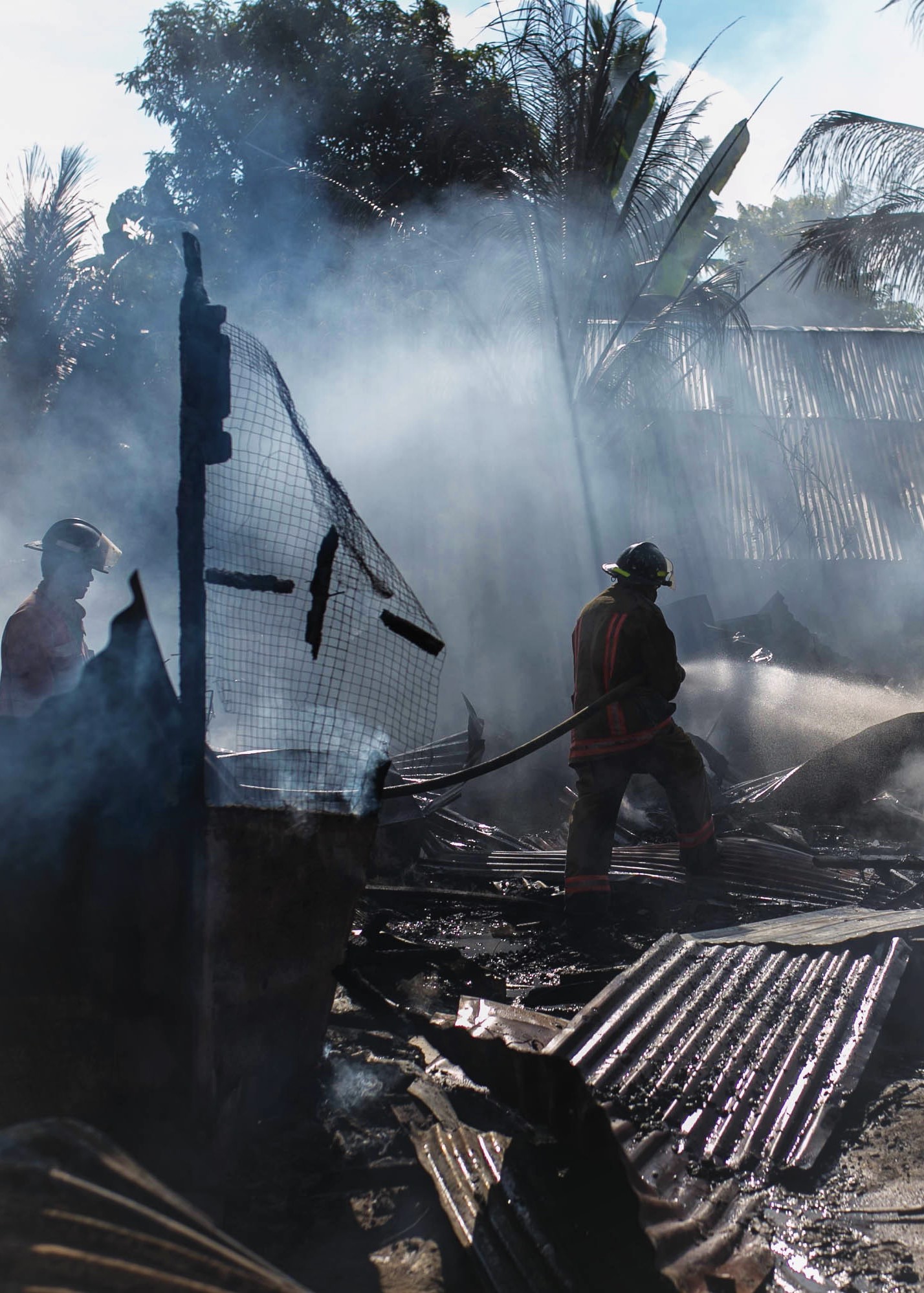
On Defining Disasters - A Review of Perry (2008)
In this essay “What is a Disaster?”, Ronald W. Perry talks about the importance of having an explicit definition for disasters and elaborates on the context and the process by which they are defined. The primary argument made as to why we need to define disasters explicitly when studying them is best summarised by the line “Social science cannot be conducted in an intellectual and empirical vacuum.” Elaborating on the fact that there is already a vast body of literature studying disasters, Perry claims that while fieldwork is more enjoyable, the process of defining a disaster not only awards clarity to the objective and parameters of study but also elucidates the context in which it is being done, making it easier to integrate into the body of knowledge and understanding we have.
Perry agrees that while defining Disasters might be a seemingly dull, abstract, and pedantic exercise, there is no shortage of definitions that have been developed by academicians over the years. It has become evident that there is no one “best” definition of a disaster. The understanding of what constitutes a disaster is dependent on the questions the study asks, who asks the questions, and the context in which the questions are asked. Like any topic of academic discourse, there is no “one correct question”. Perry also points out that there can be different classes of definitions, such as “real definitions” that focus on identifying essential features of the idea, or “nominal definitions” that focus on the socially constructed “meaning framework” associated with the concept.
The nominal definitions approach leads us to a strategy, very similar to the Kuhnian Idea of a “Paradigm”, allowing us to identify different frameworks of disaster research. Rather than using a chronological description, Perry expands on this paradigm approach and categorizes and describes the evolution of three different frameworks:
-
Classical Period: Early definitions of Disasters included an event/agent as a catalyst for the social disruption which was the focus of study and further established the seeds of “emergent norm thinking”, i.e. the idea that social interactions are supported by systemic social institutions were rendered ineffective by a disaster. Later work under this paradigm clarified the focus on the negative consequences while keeping the idea of the destabilization of social order consistent. With time, the definition by Fritz became an umbrella for a broad area of study with each work adding slight modifiers to increase the variance and applicability while maintaining the general idea and slowly also emphasizing process, adaptation, and change.
-
Hazard Disaster Tradition: They viewed disasters as extreme events that arise when hazard agents which are normal cyclic environmental processes intersect with a social system. They followed a more natural scientific approach to disaster studies by concentrating more on the agents. Quarantelli criticized this approach for reducing disasters to epiphenomenon which often didn’t have clear originating agents. Only recently, a shift in hazard research towards the study of vulnerability and resilience of “socio-economic systems” to the natural environment has been observed and the social nature of disasters has been recognized.
-
Social Phenomenon: They viewed disasters as a “collective stress situation” arising when members “of a social system fail to receive expected conditions of life from the system.” This idea was further elaborated by Quarantelli to dissociate disasters from the causative events, physical space, and time, and look at vulnerability as a social construct, and base the concept of disasters on the shift/breakdown in the social fabric when social institutions fail to protect people from vulnerabilities. They also focused on the intersectional aspects of the disasters and how different people from socio-cultural and economic backgrounds interact under duress.
While there are so many, definitions, it’s not impossible to find common threads. The sources of disagreement across the different paradigms are principally taxonomic and typological. All traditions have reached some amount of consensus over time that it is impossible to ignore the social aspect of the impact that disasters have as they are predominantly a social phenomenon and the impact of a disaster is better measured by the failure of the socio-cultural systems rather than material losses or the loss of life. They also agree that not all hazards lead to disasters with the transition determined by the vulnerabilities of the impacted society and further that these vulnerabilities are socially constructed.
Finally, Perry stresses the need for disaster researchers to take a careful look at where they stand and carefully use the existing typologies to build upon previous ideas towards a more complete picture thus providing us an intellectual framework under which we can formulate relevant questions to study how different communities react to hazards, and how they stand fast against and recover from the rising tide of disasters—natural and anthropological—in the 21st century.
References:
Perry, Ronald. (2006). What is a Disaster?.
